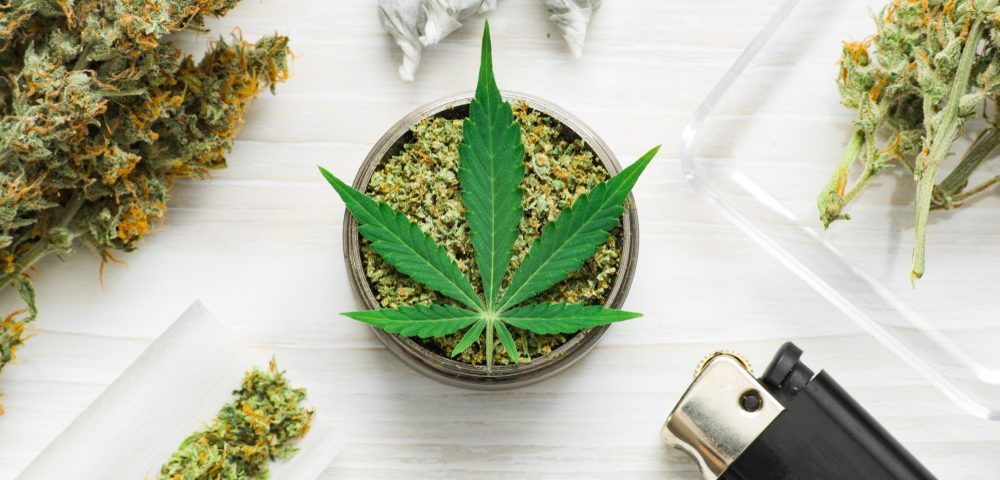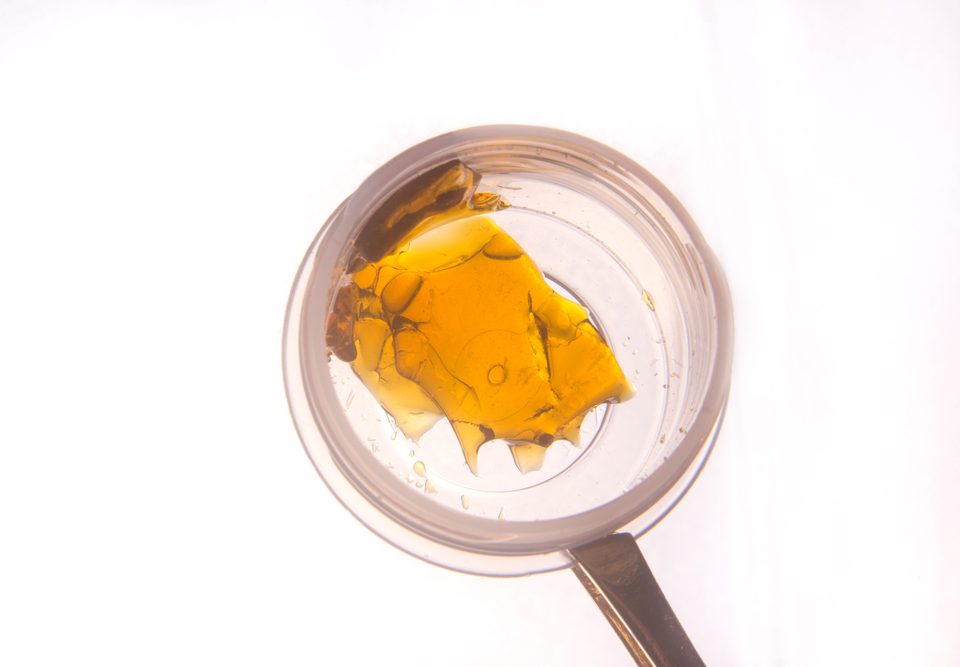
Addiction and Eating Disorders
August 3, 2020
Dealing With Kids’ Hardships, Frustration & Difficulties
August 6, 2020The Marijuana Myth
Michael Parker* asked his doctor to prescribe medical marijuana for his back pain. At first, he smoked only a couple times a week and sold the extra to friends. With each passing month, his drug use escalated and soon he was smoking several times a day. The 19-year-old eventually dropped out of college and was involved in multiple car crashes. After nearly two years of denial, Michael finally admitted he was an addict, and with the help of his family, sought treatment.
Thirty or 40 years ago, stories like Michael’s were rare. Today, however, marijuana abuse has become the No. 1 cause of adolescents being admitted into addiction treatment centers, according to Dr. Scott Teitelbaum, clinical chief of the Addiction Medicine Division at the University of Florida and author of “Weed: Family Guide to Marijuana Myths and Facts.” Today’s marijuana is much more potent than that found in the Woodstock era, explains Teitelbaum. The main psychoactive ingredient in marijuana is THC, short for delta-9-tetrahydrocannabinol. Most marijuana grown today has 10 to 13 percent THC, compared to only 1 to 4 percent a few decades ago.
“When you increase the potency of a drug, you increase the potential for addiction liability, but you also increase the toxicity,” explains Teitelbaum. “A more potent marijuana drug is going to be associated with more emergency room visits and psychiatric problems.
Over the last five years, marijuana use among teens has been on the upswing. The 2011 Monitoring the Future study shows a significant increase in the daily use for 10th and 12th graders. The study, sponsored by the National Institute of Drug Abuse (NIDA), estimates that about one in 15 high school seniors is a heavy user, smoking on a daily or near-daily basis.
Not surprisingly, as marijuana use has increased nationwide, fewer teens perceive marijuana as being harmful. The study suggests that this may be related to the public discussions of medical marijuana and its legalization in a number of states.
“If you’re talking about medical marijuana, and you’re talking about legalizing it, the perception in the younger kids is, how bad can it be? It’s a medicine, and now they’re talking about making it legal,” says Teitelbaum.


